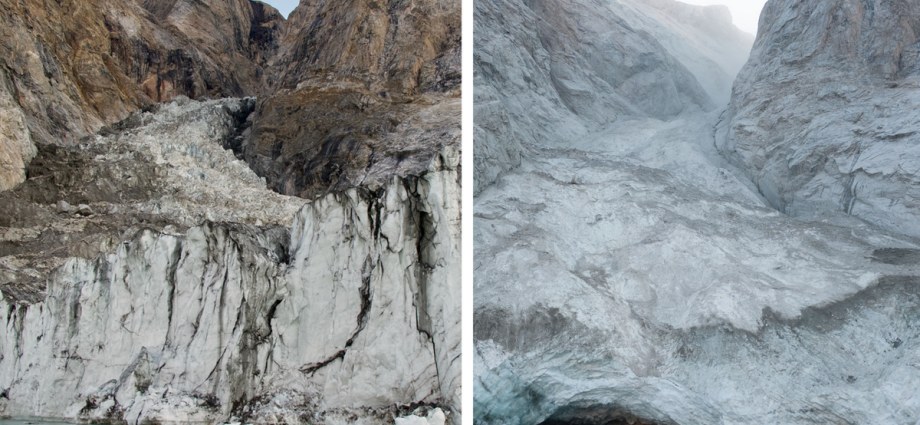A landslide in Greenland that was triggered by climate change created a mega-tsunami that caused the Earth to vibrate for nine days, new research suggests.
The giant waves caused by the event sloshed back and forth across a fjord, generating vibrations throughout Earth, researchers say.
The study, which included UCL scientists, found that this movement of water was the cause of a mysterious, global vibration in the Earth which lasted for nine days and puzzled seismologists in September last year.
Co-author Dr Stephen Hicks, of UCL Earth Sciences, said: “When I first saw the seismic signal, I was completely baffled.
“Even though we know seismometers can record a variety of sources happening on Earth’s surface, never before has such a long-lasting, globally travelling seismic wave, containing only a single frequency of oscillation, been recorded.
“Our study of this event amazingly highlights the intricate interconnections between climate change in the atmosphere, destabilisation of glacier ice in the cryosphere, movements of water bodies in the hydrosphere, and Earth’s solid crust in the lithosphere.
“This is the first time that water sloshing has been recorded as vibrations through the Earth’s crust, travelling the world over and lasting several days.”
The initial event was the collapse of a 1.2km-high mountain peak into the remote Dickson Fjord beneath.
Not seen by the human eye, this collapse caused a backsplash of water 200 metres in the air, with a wave up to 110 metres high.
The researchers calculated that this wave, which extended across 10km of fjord, reduced to seven metres within a few minutes, and a few centimetres in the days after.
To demonstrate how the water sloshing could have lasted for nine days, the researchers recreated the angle of the landslide and the uniquely narrow and bendy fjord, using a mathematical model.
According to the study published in the journal Science, the model predicted that the mass of water would have moved back and forth every 90 seconds, matching the recordings of vibrations travelling in the Earth’s crust all around the planet.
The researchers suggest that the landslide was a result of the glacier at the foot of the mountain thinning, becoming unable to hold up the rock-face above it.
This was ultimately due to climate change, and the landslide and tsunami were the first observed in eastern Greenland.
Some 25 million cubic metres of rock and ice crashed into the fjord (enough to fill 10,000 Olympic-sized swimming pools), the international team estimated.
They confirmed the size of the tsunami, one of the largest seen in recent history, using numerical simulations as well as local data and imagery.











